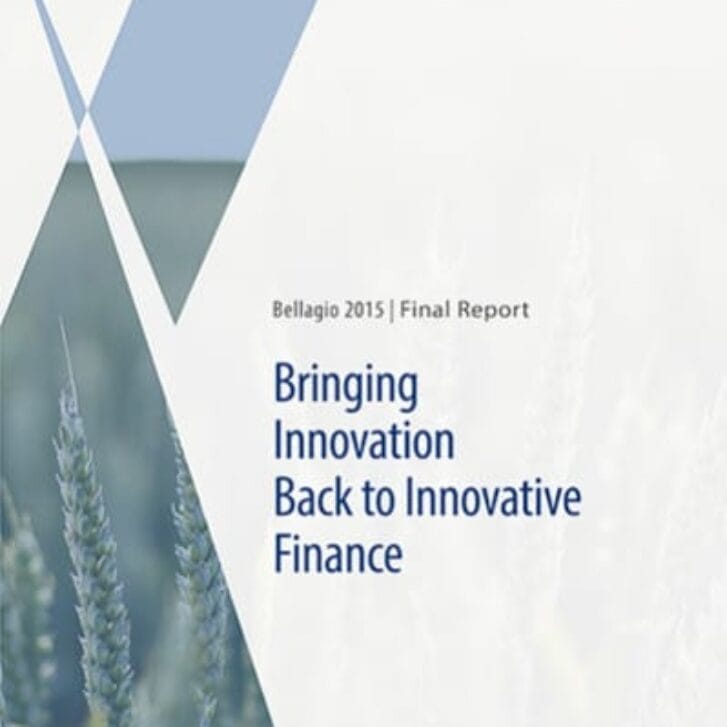There’s a lot of talk about “mainstreaming” impact investing, but what exactly does that mean? And what would it actually take to get there?
A number of industry groups are looking at these specific questions. The World Economic Forum produced a report on mainstreaming impact investing that discussed barriers and opportunities for large asset owners—like pension funds and insurance firms—to become more active in impact investing practice.
Even the White House has taken up this idea of mainstreaming impact investing. For instance, at the end of June, the White House convened the United States National Advisory Board on Impact Investing, whose purpose was to “highlight key areas of focus for U.S. policymakers in order to support the growth of impact investing.”
At the Wharton Social Impact Initiative (WSII), we aren’t advocating for a specific position on impact investing, but we are intrigued by this notion of mainstreaming and taking a deeper look into the gaps in knowledge that currently exist within the field.
As practitioners well know, the impact investment industry faces a major hurdle in attracting significant investment from large institutional investors. In traditional investment industries, there is a correlation between rigorous, reliable academic research and institutional investors moving transformational amounts of capital into emerging asset classes and strategies.
There is no shortage of anecdotal evidence throughout the impact investing industry, but the field does not yet benefit from an objective data set that could provide sufficient evidence to support a movement of institutional capital into the space.
Because the data aren’t readily available for academic researchers, we’ve had to start from scratch.
As a jumping off point, WSII recently kicked off an extensive data collection and research effort to explore questions around private equity impact investment funds.
We’re interested in a variety of questions on the topic. For one, what’s the relationship between economic and social value? Are they linked? Additionally, what are the characteristics of relationships between general partners (GPs) and limited partners (LPs) in a private equity impact fund? How do GPs interact with the portfolio companies in which they invest? As early investors exit from impact investments, does the social mission of portfolio companies carry over to the new investors?
Although not an exhaustive list, these are areas ripe for academic study and from our experiences, include questions on the minds of a lot of investors. We’ve already reached out to more than 300 self-identified impact investment fund managers, who manage nearly 700 funds combined. Our discussions have confirmed the need for answers to these questions.
We’re particularly excited to have engaged Wharton faculty in the project. Leading the charge are David Musto, Wharton’s Ronald O. Perelman Professor in Finance and chair of the Wharton Finance Department, and Chris Geczy, academic director of the Wharton Wealth Management Initiative Academic and director of the Jacobs Levy Equity Management Center for Quantitative Financial Research.
If we’re to learn about opportunities to engage mainstream investors, as the World Economic Forum has described, then we’ll want to know what financial performance benchmarks are out there in this nascent industry.
To affect policy change, advocates like the U.S. National Advisory Board on Impact Investing will need to point to an evidence to support their claims. At the Wharton Social Impact Initiative, we’re in the middle of our data collection efforts, and we’re excited to share our findings later this year.
 Editor’s note: Jacob Gray, senior director for the Wharton Social Impact Initiative, co-authored this article. Gray leads the impact investing activities at WSII, drawing from more than 12 years of experience in investing and social enterprise.
Editor’s note: Jacob Gray, senior director for the Wharton Social Impact Initiative, co-authored this article. Gray leads the impact investing activities at WSII, drawing from more than 12 years of experience in investing and social enterprise.
The original version of this post first appeared on the Social Impact Initiative blog on Sept. 3, 2014. Read the full version here.


























